James Beard Award winner, Nancy Singleton Hachisu is an expert of unique and authentic Japanese cuisine. Born and raised in California, she first went to Japan over 32-years ago where she now lives on a farm with her Japanese husband and their family.
Secret Tokyo
Dining out in Tokyo doesn’t always adhere to Western expectations. The customer is not always right and sometimes not always welcome. There are secret spots from the old-world kissaten coffee shops where you can still find people smoking, to restaurants with no-signage that operate on the second floor of a backstreet apartment block. But even the more prominent restaurants often require an introduction to be able to reserve. These places are not only hard to book and hard to find but often intentionally shy away from Western eyes, and mouths, in the belief that the cultural divide may not translate into the universal language of food. We talk with Legendary Tokyo food journalist and fixer Shinji Nohara, AKA @tokyofixer and food enthusiast Roni Xu AKA @ronomnom about the whys and hows of Tokyo dining.
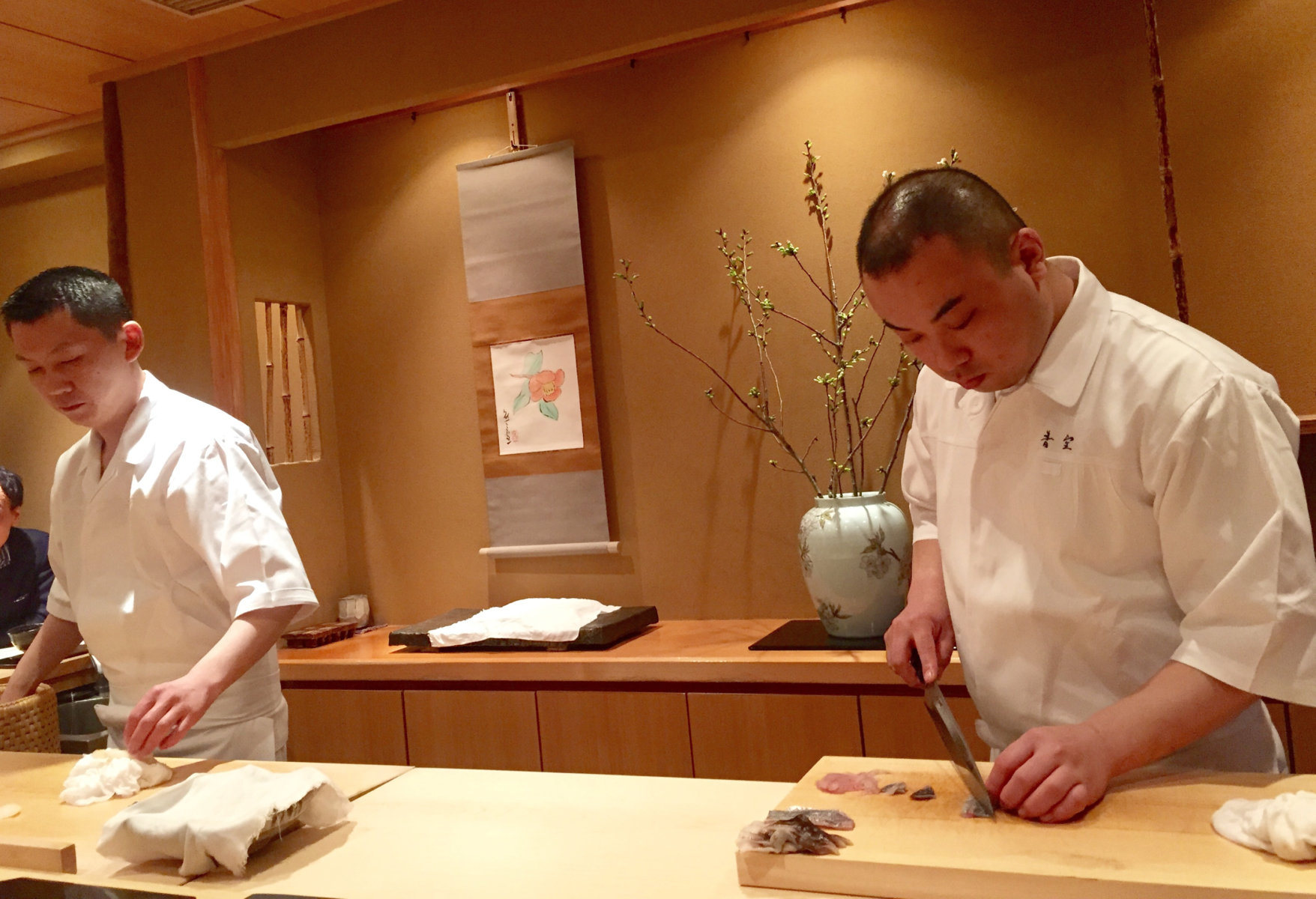
“There is a uniqueness to dining in Tokyo, the restaurants are very intimate, you can talk with the chef and with the staff, which creates a very special feeling. It’s more like you are visiting someone’s family home. And this is why restaurants in Japan appreciate the relationship with the customer so much. The capacity is very limited, so they don’t take reservations in the usual way. Cancellation is a big deal in Japan, but not in Europe or US restaurants, where there are 100 seats or more.”
There is a uniqueness to dining in Tokyo, the restaurants are very intimate, you can talk with the chef and with the staff, which creates a very special feeling. It’s more like you are visiting someone’s family home.
Shinji Nohara
As explains legendary Tokyo food journalist and fixer Shinji Nohara, who is known by many as the key to the secretive world of Tokyo restaurants. He first collaborated with American chef, book author and travel documentarian Anthony Bourdain over 20 years ago. Yet his younger counterpart, takes a less democratic approach:
“When certain Japanese restaurants don’t want to accept foreigners, it’s a lot to do with the perfectionistic attitude that the Japanese have, in terms of how their craft or their art might be interpreted by the foreign customer. When they don’t have confidence that a customer will fully understand the flavours, texture or intentions behind their dishes, they may prefer to not serve them at all. This might seem condescending to foreigners, but it is usually more a concern about whether they can adequately provide a good experience” expresses Roni.
Many Tokyo restaurants buy ingredients for the same day, and if someone cancels the reservation the ingredients will be lost. This alongside their limited capacity, this makes cancellations extremely expensive.
“For the last 10 years, the number of tourists coming to Japan has tripled. It’s good for the restaurants and other businesses, but at the same time, seats at the restaurants are limited, so the restaurants try to keep 70-80 percent of the seats for the regular customers,” explains Shinji.
And while potential lost-costs are an undeniable consideration when it comes to which customers are more reliable, Roni tells me it often runs deeper than a financial question: “Sometimes they [Japanese Chefs] have this anxiety about whether the customer will understand Japanese cuisine and hospitality. Both can be seen as forms of communication, and it’s like talking – if you don’t understand the foreign language, you might be better off not speaking at all.” She explains.
Sometimes Japanese Chefs have this anxiety about whether the customer will understand Japanese cuisine and hospitality. Both can be seen as forms of communication, and it’s like talking – if you don’t understand the foreign language, you might be better off not speaking at all.
Roni
Shinji agrees that impressing the foreigner of even the guidebooks is not and will not be a priority, when asking about his vision of the future of Japanese chefs and cuisine he tells me “I think that they won’t care about their reputation or guidebooks, they will do what they were doing before, and will do so in the classic way. But also the new generation will try to do new things. More people are travelling and making discoveries. My favourite sushi restaurant uses jalapeño which is used in Thai sashimi. Wow! Jalapeño in a sushi restaurant? you could never imagine that 10 years ago! I think it’s a good discovery and adventure, the restaurant will not fail, they’re just adding different ingredients… It reminds me of ceviche. Also, the restaurant serves fresh miso with fresh pepper from Sri Lanka. You would never imagine ingredients from Sri Lanka in a traditional sushi restaurant. And I love it, it is not changing to a different style, the chef just cooks with open eyes and tries to use new stuff. I think it will become popular in a classic way. It depends on people’s lifestyle. It makes it more interesting, this trend leads us to a more interesting dining scene.”
One of the great things about Tokyo, you can still discover something untouched. For those who go to Japan: be adventurous! Most of the good restaurants are small-size mom and pop style restaurants. These places don’t have a big flashy sign, just a small note in Japanese. Offering sushi, kaiseki or even yakitori, they don’t face the main streets—but often outskirt streets, back alleys or basements, or on the second or fifth floor. Small restaurants in Tokyo offer a greater dining experience. But don’t be offended if you can’t get a reservation. It may simply be lost in translation.
The full interview with Shinji Nohara you can listen HERE
Talking about secrets of Tokyo, Roni includes some secrets of Japan –
list of 5 Japanese dishes which you won’t find anywhere else…
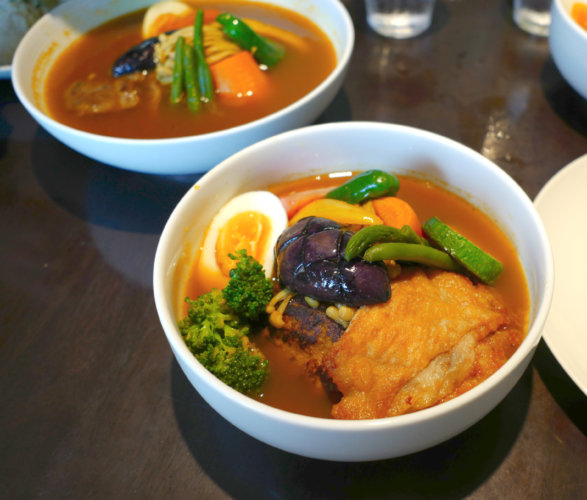
Soup curry
(Cong, Sapporo)
Curry soup first appeared in Hokkaido in the 1970’s, a hybrid of Chinese medicinal soup & Indian curry. At Cong! the chef —who really reminds me of Niitome-san [ Japan’s number one tempura master] adds incredibly juicy fried chicken with crispy skin into the soup along with fresh local vegetables.
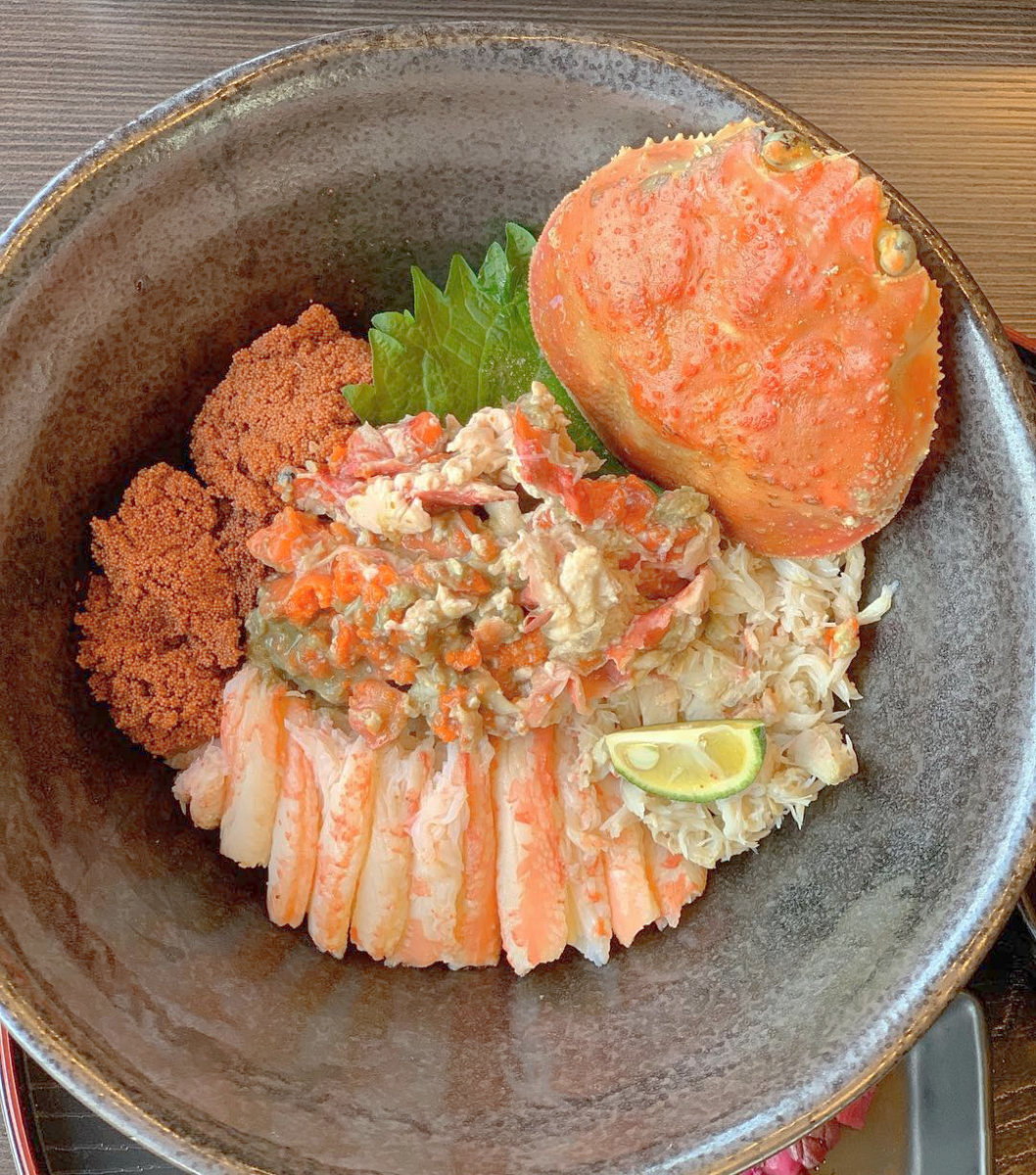
Seiko Crab rice
(Matsuta, Fukui)
Available only from November to December (or January if you are lucky), the seiko crab is the female version of Fukui’s famous Echizen crab. At Matsuta the crabs are caught fresh and brought straight to the boiling pot.
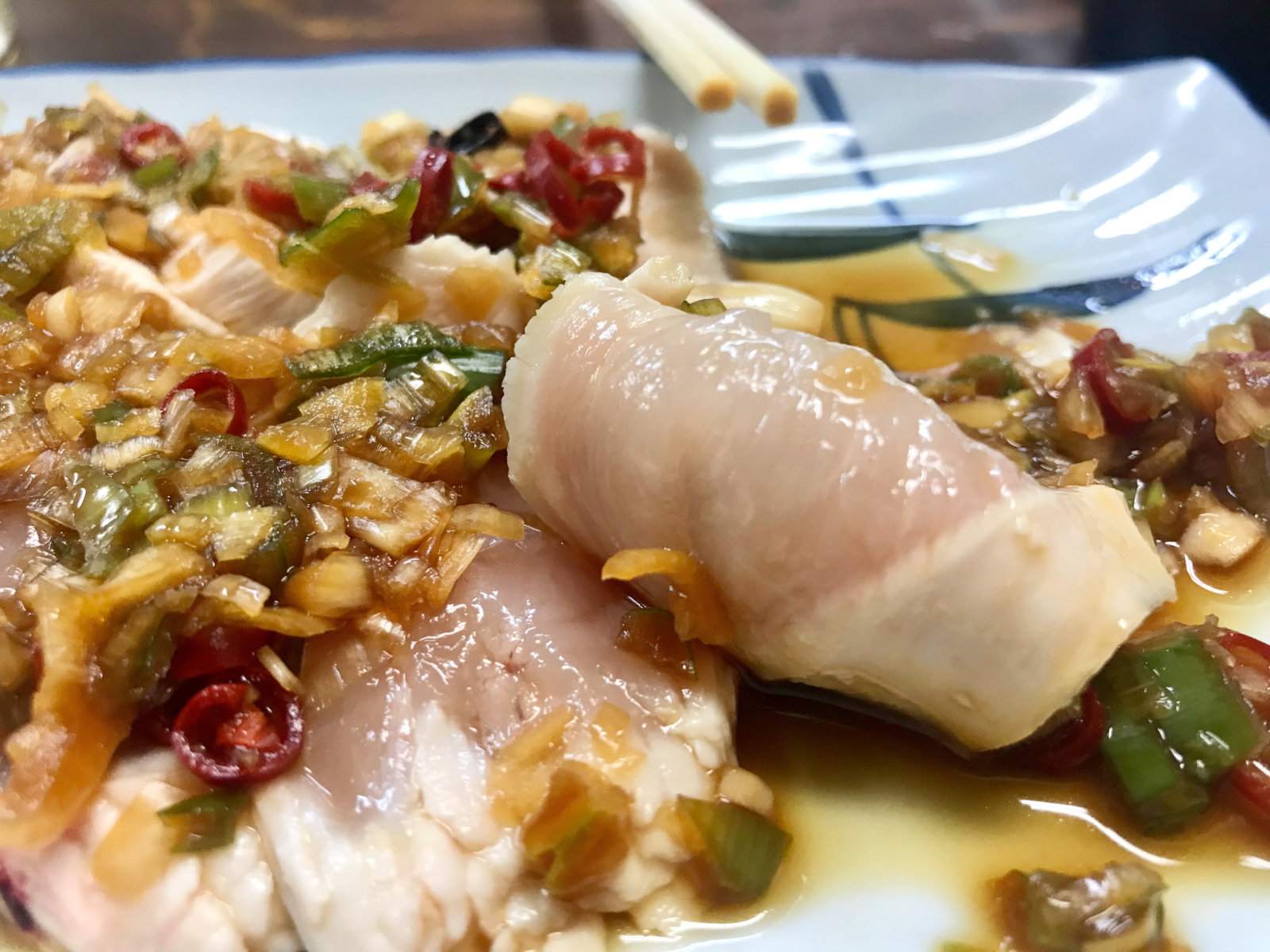
Chicken Sashimi
(Torifusa, Tokyo)
This one is special because I wouldn’t dare eat it in most other countries. It’s almost raw chicken. Served with ponzu, chilli and lots of spring onion.
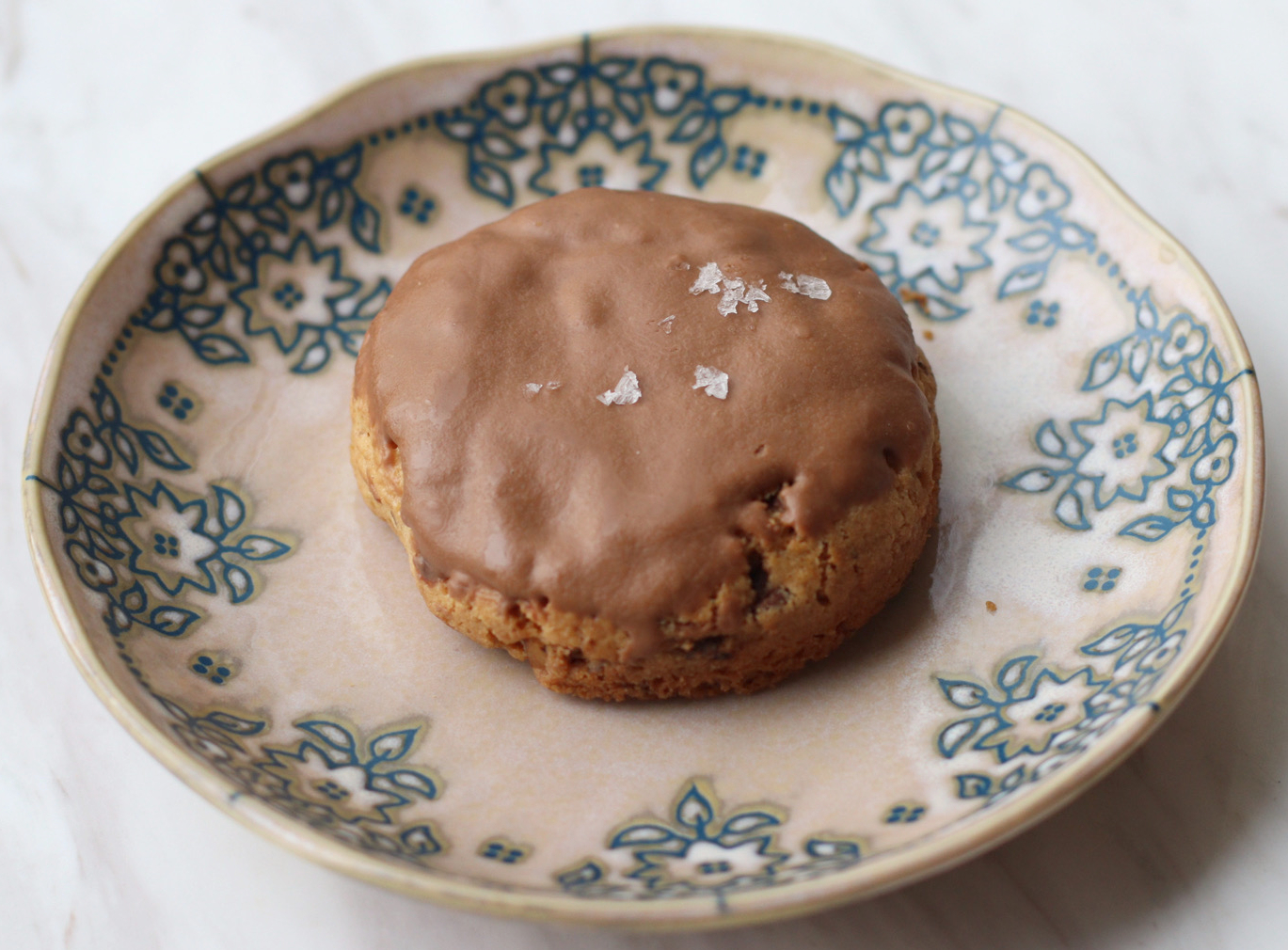
Smokey butterscotch & Japanese whisky cookie
(Tough Cookie, Tokyo)
Another one I’d mention is “Tough Cookie.” This is a new brand of cookies created by none other than Ayako Watanabe, former sous-chef at Dominique Ansel, Tokyo. American cookies flavoured with Japanese ingredients. My favourite is this smoky butterscotch with Japanese whisky.
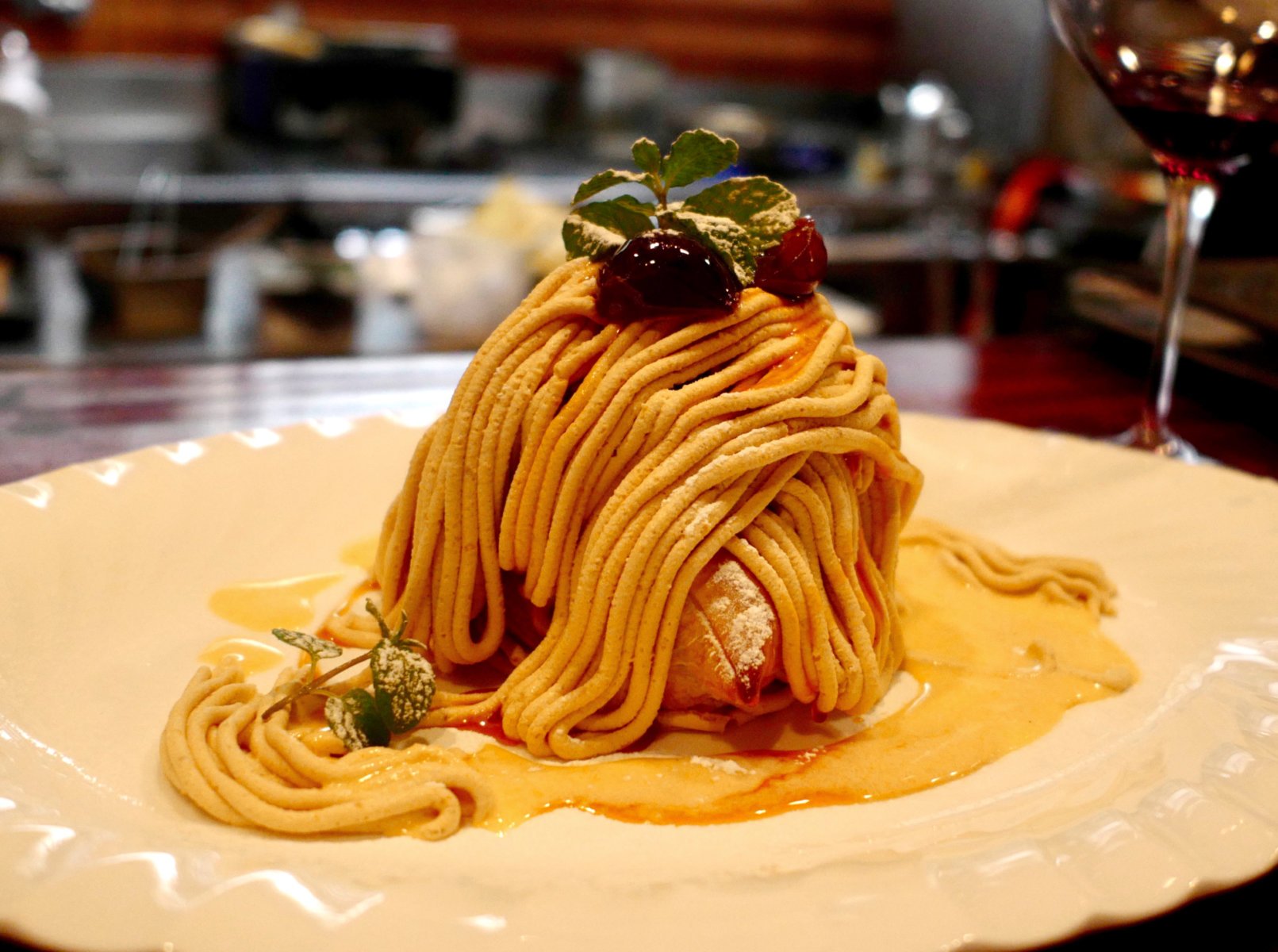
Freshly-made Mont-Blanc
(Ringo to Wakaba, Kanazawa)
Mont Blanc was first served in Japan in 1933 at a shop actually called “Mont-Blanc”. Through the years the recipes have definitely developed to adapt to local palates. In my view, there are two key factors that make Japanese Mont Blanc special today – the use of “waguri”, a variety of chestnut native to Japan, and “shiboritate” , where the chestnut puree is freshly piped onto the meringue/sponge cake base before serving.
